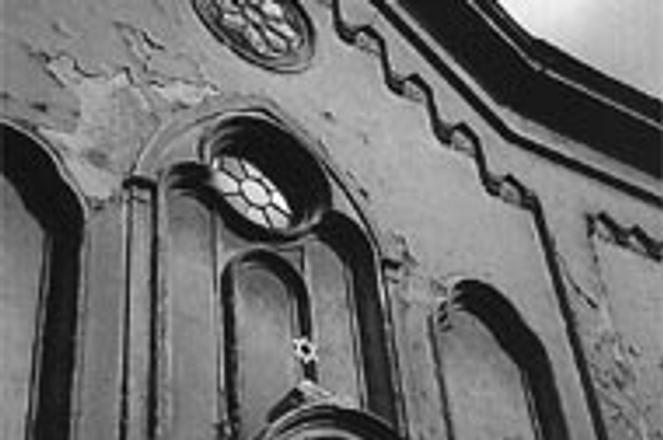Prešov is not usually a first-choice destination for the average tourist. But this is what makes it one of its main attractions, especially if you are not the average tourist.
To give an example: when two pioneering Australian backpackers arrived in Prešov from Budapest in January they were startled to discover that almost nobody spoke English. They were rescued from their bewilderment when they accidentally discovered an English-language school and translation company which specializes in educating its clients about current political events by using recordings from the BBC World Service who helped them in their peril. If you arrive in Prešov prepared for such adventures, then you will probably have an interesting and enjoyable time.
Known as Epuriea, the original Slavonic settlement swelled with Hungarian colonists in the early 12th century. After the Tartar invasion, they were joined by German Saxons. Hungarian King Andrew III in 1299 granted Prešov town status, and the town became, along with nearby Veľky Šariš and Sabinov, a royal charter borough within the Three Torysa Towns' Community.
Lying on an important trade route between Poland to the north and the Balkans to the south, merchants brought prosperity which in turn led to the building of many fine houses and fortifications, parts of which can still be seen. The medieval layout of the town is visible in the sometimes surprising street system which forms an oval around the Kostol Sväty Mikuláša in the middle of Hlavná ulica (Main Street). Beautiful buildings reconstructed in 17th century Renaissance style and renovated in the 20th century line both sides of Main Street.
Prešov has had a very interesting history which isn't at first apparent from its current relative obscurity. The anti-Hapsburg rebellion against counter-Reformation measures was ruthlessly put down by Imperial General Antonio Carafe's "Prešov Slaughter" in 1687. The general had 24 leading patricians and nobles executed, echoing the similar and more famous fate of 27 fellow Protestants in Prague.
The eastern location of Prešov and its environs made it a frontier against the Turkish threat, so castles abound. The one at Veľky Šariš is perched on a flat-topped extinct volcano and is worth a visit, although it has been captured by Gypsies, children and perambulatory couples.
The as-yet-unrestored side of Prešov's synagogue.Robin Rigg
Higher learning came to Prešov in the 17th century after the establishment of pedagogical studies, eventually leading to the present day faculties of Prešovska university. Much of the town's student population can be found at the local film club (Nám. mieru 1, tel. 091/713-662) on Tuesday nights, when foreign films in their original language with Slovak or Czech subtitles are shown.
Salt, mining, the Tokaj wine trade and minority communities have all left visible traces in Prešov. The Vlastivedné museum at Hlavná 86 has a permanent historical collections and regular special exhibitions. It's open everyday except Monday. Also on this part of Hlavná, the Ruský Klub sells literature on Russian history translated into Slovak and some in English. Across the street, there are two adjacent galleries with frequently changing exhibitions and a wine museum where you can sample wines from Slovakia, Moravia and Hungary whilst visiting the stone cellars.
Jewish tradition
One of Prešov's most striking buildings is the synagogue which is no longer used for services but houses the Museum Judaík. Founded in 1928 and therefore the oldest of its kind in Slovakia, the synagogue is northwest of Hlavná ulica and can be a little tricky to find, especially its entrance. But it's well worth the effort as a very friendly Hungarian museum custodian, Pán (Mister) Kónya, will gladly tell you in Slovak or German that it was built in 1897-8 along with its lovely interior paintings on the ceiling and walls. The collection includes examples of many Jewish artifacts from religous and daily life, as well as books and paintings, with brief explanations provided in English. There were originally five synagogues and two Jewish schools in Prešov (some of the buildings still stand, the rest were destroyed by bombs during the war).
A memorial stands outside the museum commemorating the 6,000 Jews murdered by the Nazis, leaving a current population of just 100. The museum is open on Tuesday and Wednesday (11 a.m. to 4 p.m.) Thursday (3 p.m. to 6 p.m.), Friday (10 a.m. to 1 p.m.) and Sunday (1 p.m. to 5 p.m.).
The best approach to viewing Prešov is to just wander about. There are several nice churches, three theaters, many pubs and restaurants and numerous decorated buildings. The ubiquitous communist, functional architecture is mostly confined to the outskirts, so the central area is largely unmarred by its concrete scars.


